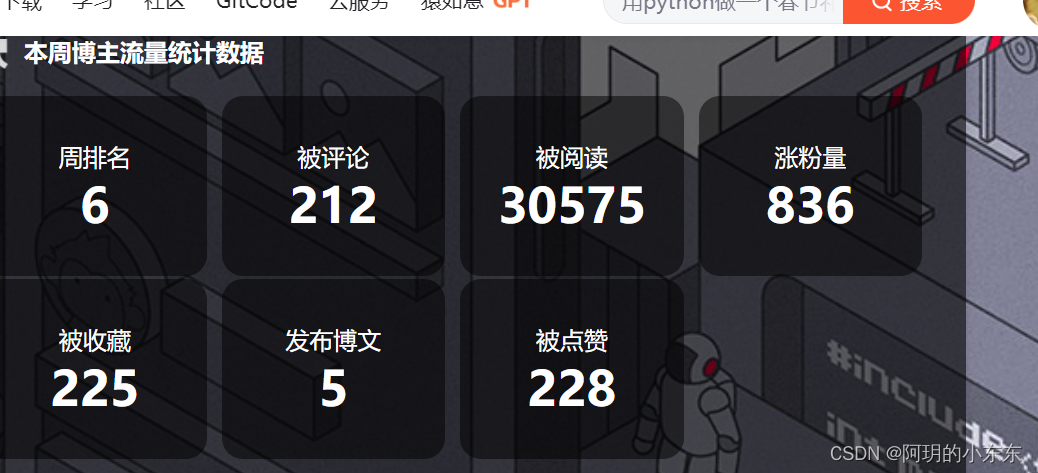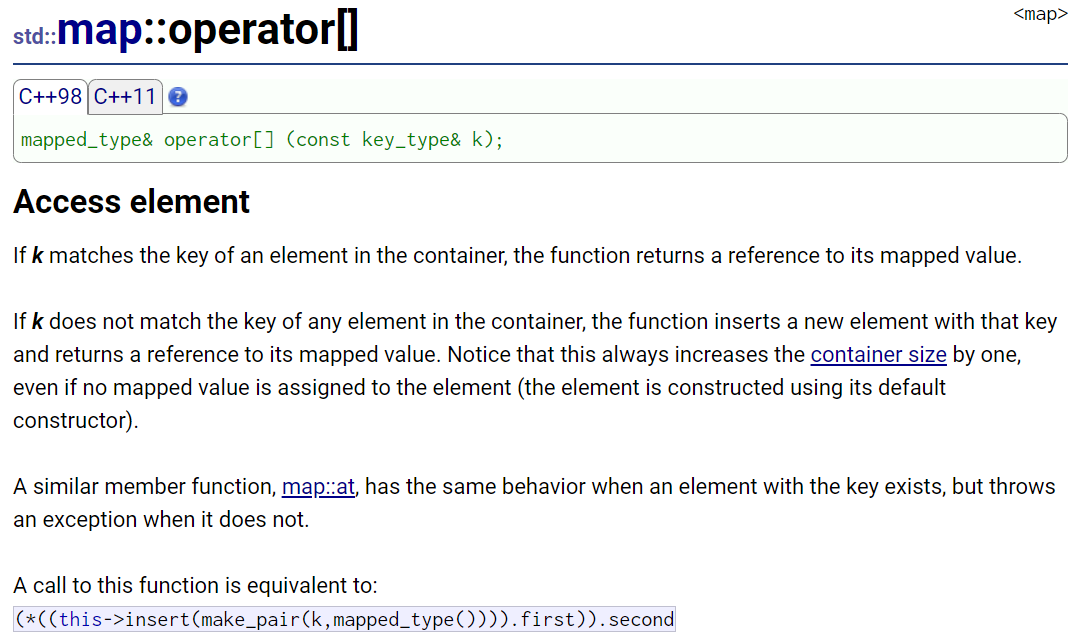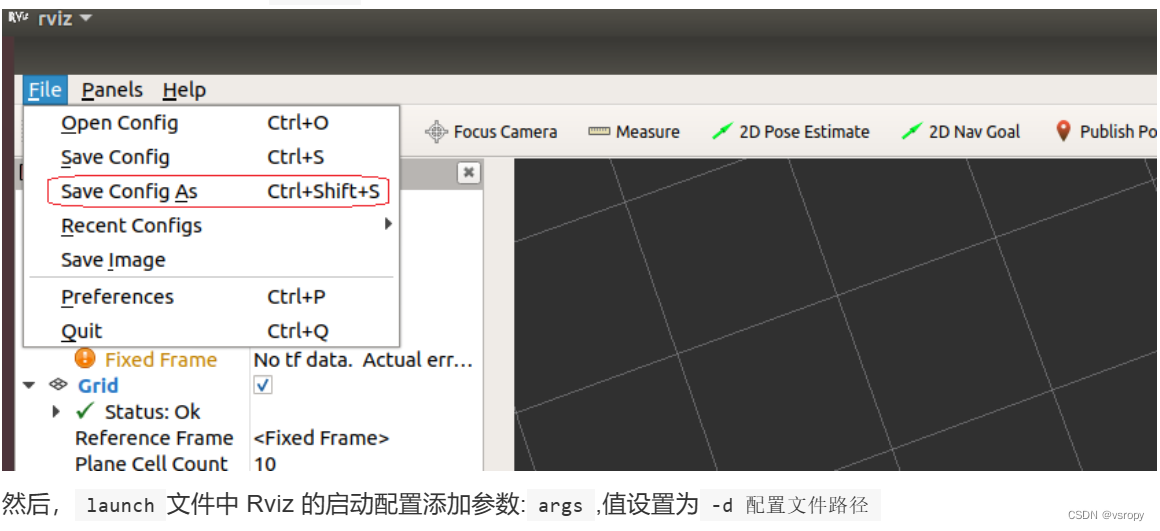一、axios
axios是一个基于Promise的网络请求库。既可以在node.js(服务器端)使用,也可以在浏览器端使用
1. 在node.js中使用的原生的http模块
2. 在浏览器中使用的XMLHttpRequest
二、vue中的使用方法
1. 安装:npm install axios
2. 引用方法
A、原生的方式(不推荐使用)
axios({
url: 'http://localhost:8055/students/test', //远程服务器的url
method: 'get' //请求方式
}).then(res=>{
this.students = res.data
}).catch(e=>{
console.log(e)
})
//缺点:每个使用axios的组件都需要导入强调:axios对服务器端数据的封装
- res.config:响应信息的配置情况
- res.data:响应的数据
- res.headers:响应头信息(信息的大小、信息的类型)
- res.request:异步的请求对象(XMLHttpRequest)
- res.status:请求-响应的状态码(200)
- res.statusText:请求-响应状态码对应的文本信息
B、在项目的main.js文件中导入axios,将其写入Vue的原型中(推荐使用)
import axios from "axios";
Vue.prototype.$http = axios //在Vue的原型上添加一个$http属性,该属性保存了axios
axios.defaults.baseURL = 'http://localhost:8055'在组件中通过this.$http的方式来使用
this.$http.get('http://localhost:8055/students/test').then(res=>{
this.students = res.data
}).catch(e=>{
console.log(e)
})缺点:只能在vue2中使用,vue3中不能用
C、将axios单独封装到某个配置文件中(在配置文件中单独封装axios实例)—— (推荐使用)
//配置文件:axiosapi.js
import axios from "axios";
const axiosapi = axios.create({
baseURL: 'http://localhost:8055', //基础的地址
timeout: 2000 //连接超时的时间(单位是毫秒)
})
export default axiosapi //axiosapi是axios的实例import $http from '../config/axiosApi' //$http是可变的
$http.get('/students/test').then(res=>{
this.students = res.data
}).catch(e=>{
console.log(e)
})优点:既可以在Vue2中使用,也可以在Vue3中使用
三、axios中不同请求方式向服务器提交数据的格式
1. get方式请求:服务器端通过 req.query.参数名 来接收
第一种:直接将请求参数绑在url地址上。

第二种:通过params方式进行提交
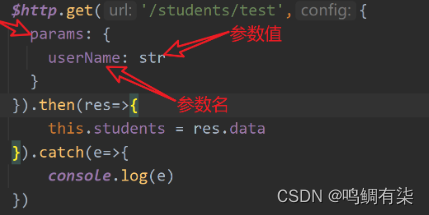
console.log('Get请求的参数:',req.query.userName),2. post方式请求:服务器端通过 req.body.参数名 来接收
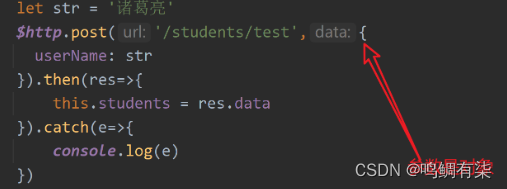
console.log('Post请求的参数:',req.body.userName),3. put方式请求:和post方式一样
4. delete方式请求:和get方式一样
四、实例
axios端
//StudentInfo.vue
<template>
<div>
<table border="1" align="center">
<thead>
<tr>
<th width="100">学号</th>
<th width="100">姓名</th>
<th width="100">性别</th>
<th width="100">地址</th>
</tr>
</thead>
<tbody>
<tr v-for="(item,index) in students" :key= 'index' >
<td>{{item.id}}</td>
<td>{{item.name}}</td>
<td>{{item.sex}}</td>
<td>{{item.address}}</td>
</tr>
</tbody>
</table>
</div>
</template>
<script>
// 第一种方式
// import axios from 'axios';
//第三种方式
import $http from '../axiosApi' //$http是可变的
export default {
name: "StudentInfo",
data(){
return{
students:[]
}
},
methods:{
getStudents(){
// 第一种方式
// axios({
// url:'http://localhost:8055/students/test',//远程服务器的url
// methods:'get'//请求方式
// }).then(res=>{
// console.log(res)
// this.students = res.data
// }).catch(e=>{
// console.log(e)
// })
//第二种方式
// this.$http.get('http://localhost:8055/students/test').then(res=>{
// this.students = res.data
// }).catch(e=>{
// console.log(e)
// })
//第三种方式
let str = '小乔'
$http.delete('/students/test',{
params:{
userName:str
}
}).then(res=>{
this.students = res.data
}).catch(e=>{
console.log(e)
})
}
},
created() {
this.getStudents()
// this.student = [
// {id:1001,name:'试试',sex:'男',address:'西安'}
// ]
}
}
</script>
<style scoped>
</style>//App.vue
<template>
<div id="app">
<img alt="Vue logo" src="./assets/logo.png">
<!-- <HelloWorld msg="Welcome to Your Vue.js App"/>-->
<StudentInfo/>
</div>
</template>
<script>
// import HelloWorld from './components/HelloWorld.vue'
import StudentInfo from "@/components/StudentInfo";
export default {
name: 'App',
components: {
// HelloWorld
StudentInfo
}
}
</script>//main.js
import Vue from 'vue'
import App from './App.vue'
// import axios from 'axios';
// Vue.config.productionTip = false
// Vue.prototype.$http = axios //在Vue的原型上添加一个$http属性,该属性保存了axios
new Vue({
render: h => h(App),
}).$mount('#app')//axiosApi.js
import axios from 'axios';
const axiosapi = axios.create({
baseURL:'http://localhost:8055',//基础的地址
timoout:2000 //连接超时的时间(单位是毫秒)
})
export default axiosapi服务器端:
//studentApi.js
var express = require('express');
var router = express.Router();
/* http://localhost:8055/students/test*/
router.delete('/test', (req,res)=>{
let arr = [
{id:1001,name:'刘备',sex:'男',address:'野区'},
{id:1002,name:'周瑜',sex:'男',address:'中路'},
{id:1003,name:'吕布',sex:'男',address:'上路'},
{id:1004,name:'大乔',sex:'女',address:'辅助'},
{id:1005,name:'孙尚香',sex:'女',address:'下路'},
]
console.log('Delete请求的参数:',req.query.userName),
res.json(arr)
});
module.exports = router;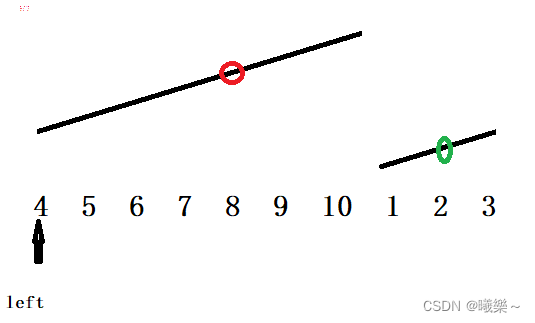

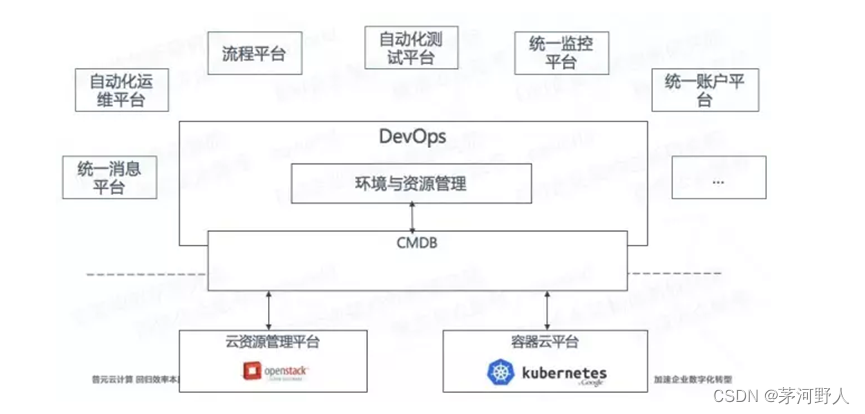






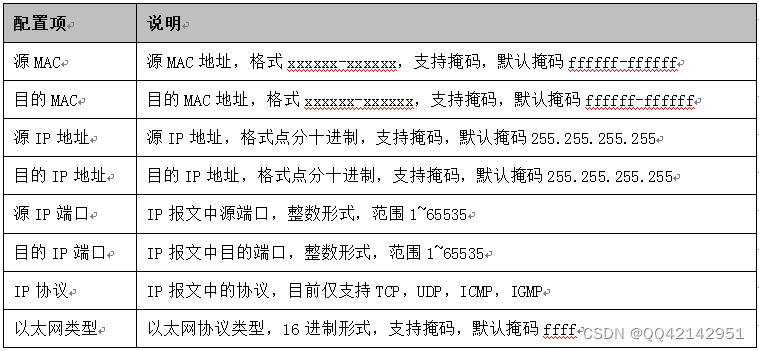

![[ 数据结构 ] 汉诺塔--------分治算法最佳实践](https://img-blog.csdnimg.cn/img_convert/7d96447a7fb433347f93cdf2b2e4a2cb.png)
